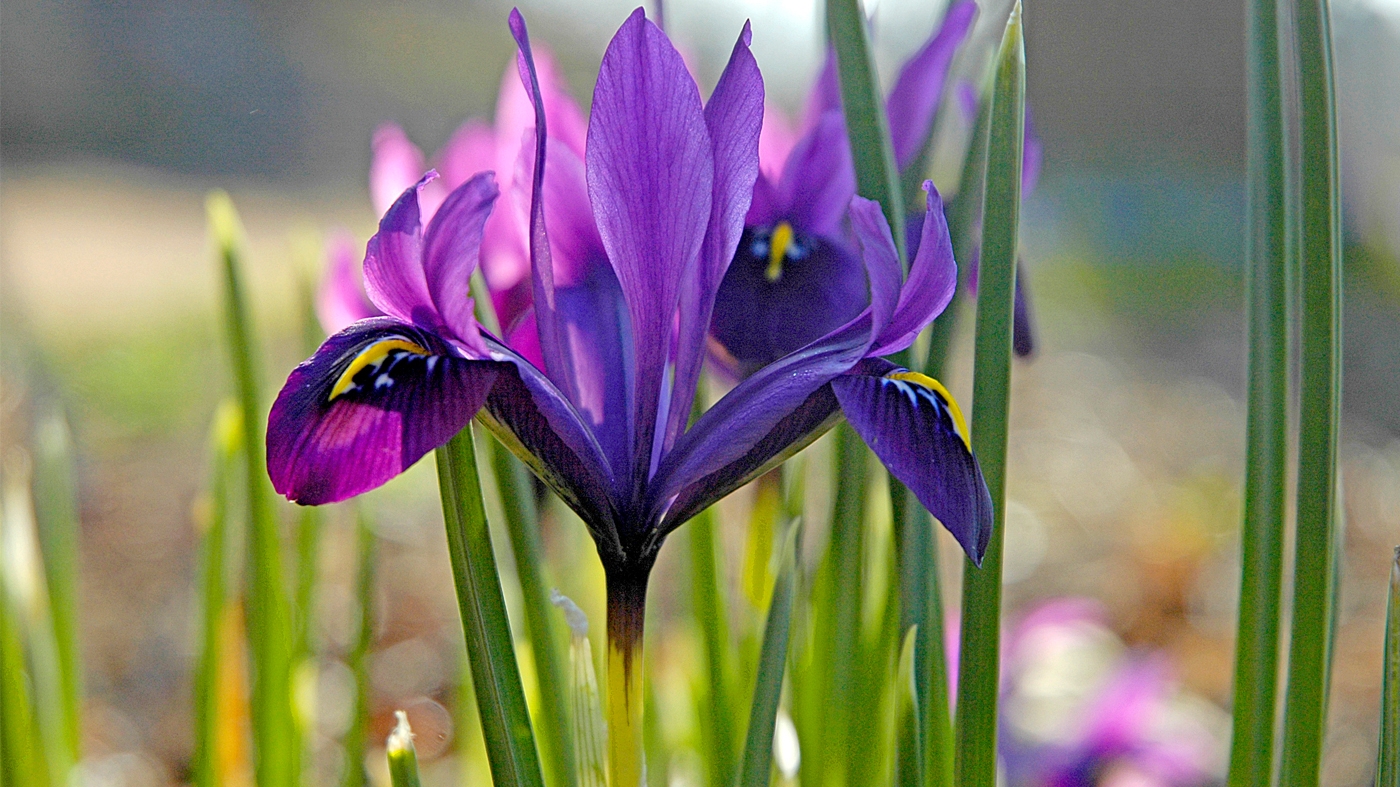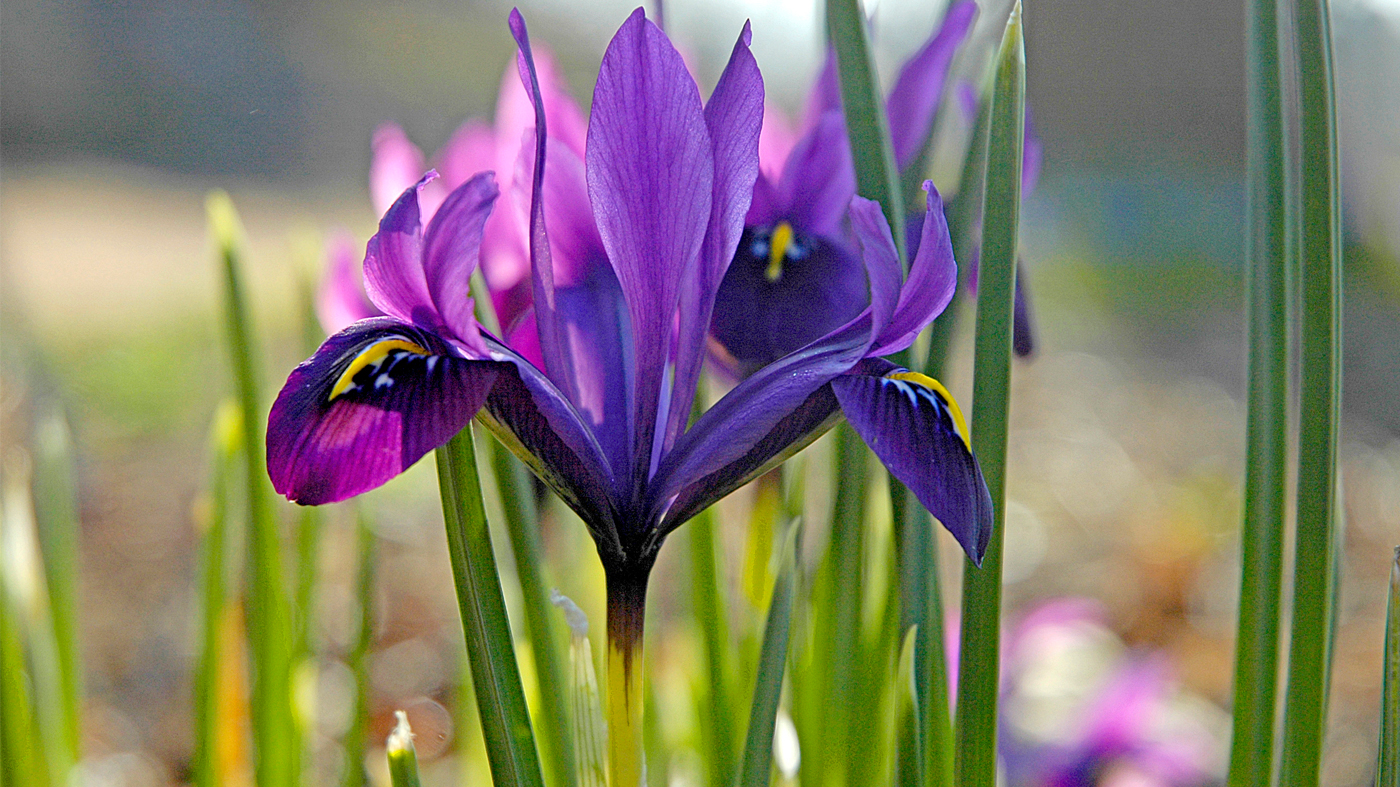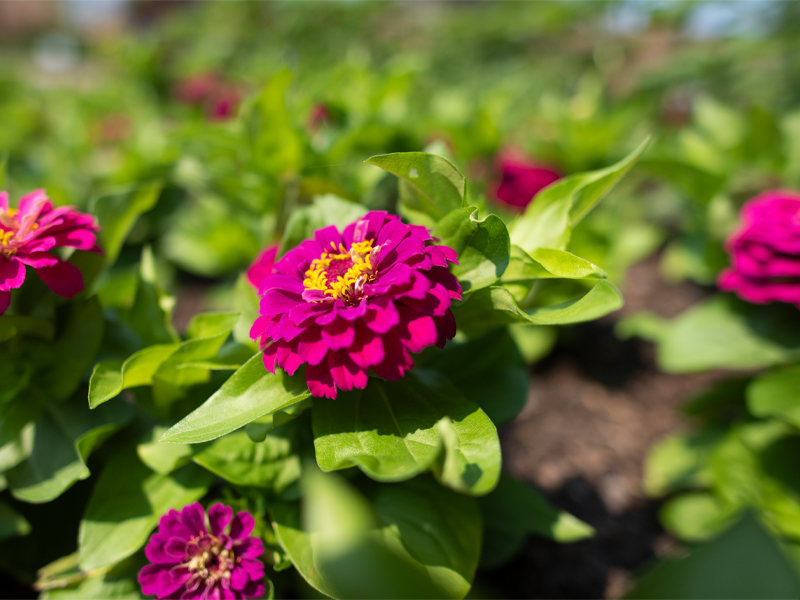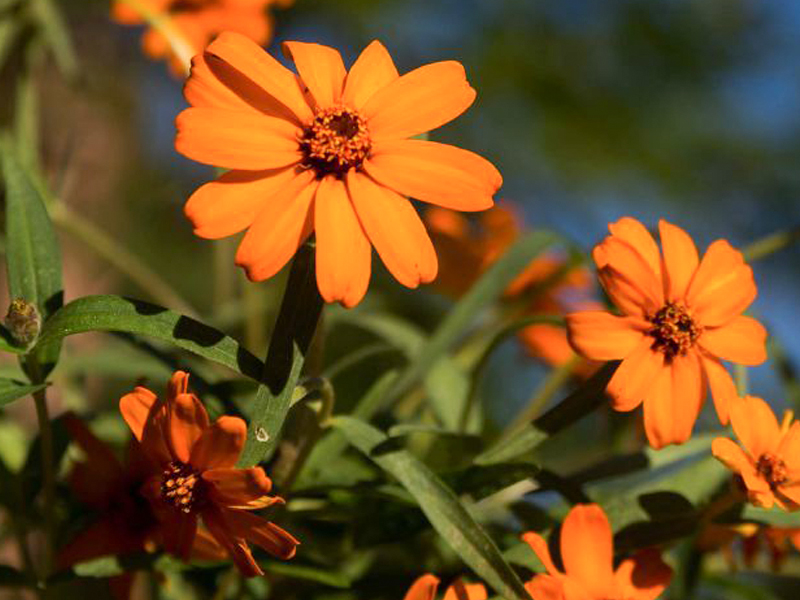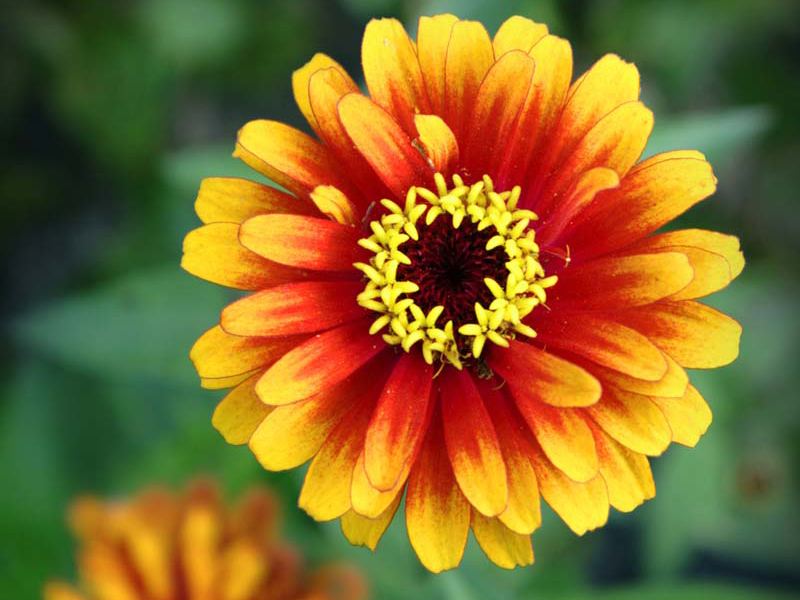Zinnia spp.
Zinnias originated as wildflowers in Mexico. They were also found growing a bit farther north in the western United States, and in parts of northern and western South America. As garden plants, zinnias have been enjoyed since the early 1800s in the United States.
The “Elegant Zinnia” (Z. elegans), was a simple, single-flowered species and became the founding member of our modern-day garden zinnias. In its natural form it grows about 3 feet tall with branching stems and large purplish-pink single flowers.
By the 1850s, breeders began developing the elegant zinnia into double-flowered forms. Two other species—the narrow-leaf zinnia (Z. angustifolia) and Haage’s zinnia (Z. haageana), often referred to as the Mexican zinnia—are also precursors of modern-day plants. Over the past two centuries, breeders have created dozens of cultivars, including many that are disease resistant.
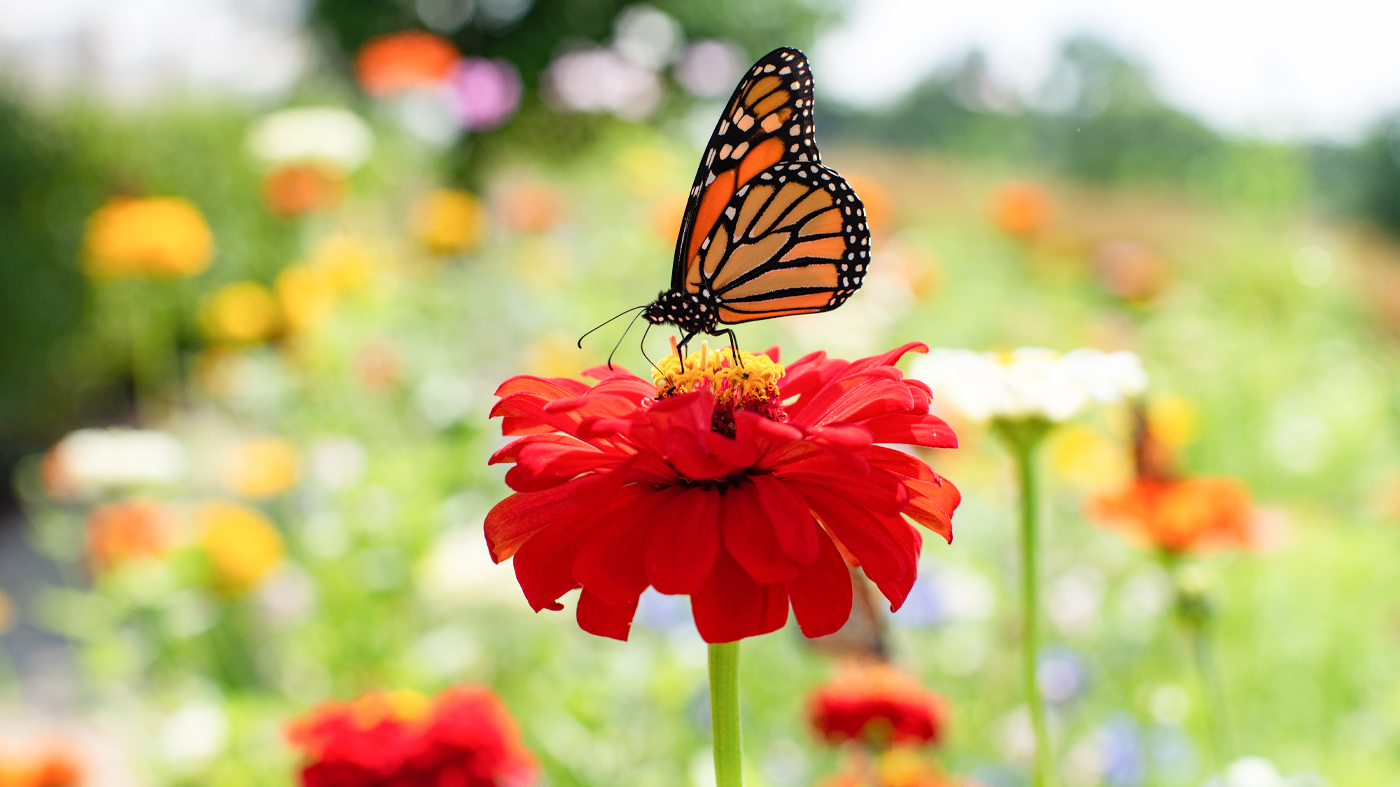
Flowers
Zinnias are a mainstay of the summer garden offering a very long season of bloom. One common name, “Youth and Old Age,” refers to plants that sport young flower buds as well as mature, finished blossoms that retain their color, although faded. There are about two dozen named species, but only three are commonly used in gardens. Garden zinnias feature flowers that range from white, yellow, orange, pink, and lime to violet, purple, red and bicolors—everything except blue.
Zinnia blossoms feature ray petals and central disk flowers that are often yellow or orange from pollen. The flowers come in a dazzling array of shapes from single- and double-flowered varieties to dahlia-style pompoms, cactus-flowered cultivars with pointy petals, and the classic dome-shaped forms. The flowers can be as small as an inch across up to 4 or 5 inches wide.
Popular Types
In Your Garden
Give zinnias full sun, well-drained soil and some water-soluble fertilizer every week or two, and they will reward you with blooms until the first fall frosts. Sow seeds outdoors after the last spring frost or start them indoors in seed-starting mix in late April for transplanting. Dig some compost a few inches into the soil before sowing or planting. Adding some granular fertilizer helps promote flowering throughout the summer.
Because zinnias range in height from 6 inches to more than 30 inches, think about where you want to use them. Smaller varieties like Thumbelina do well in the front of a border while taller types like Benary Giants can flourish in the back row where their flowers can mingle with other annuals and perennials.
Zinnias make great fillers between sun-loving perennials. When the perennials finish blooming, zinnia blossoms keep the floral show going. With their round flowers, zinnias play off vertical annuals like salvia and cuphea.
Keep the blooms coming by removing spent flowers over the summer. Once or twice a month, use water-soluble fertilizer when watering to promote flowering.
You can save your zinnia seeds at the end of the growing season. When the seed heads have dried, snip them from the plant and place them in a paper bag with the name on it and store in a cool, dry place for next spring. Come fall, you can pull the plants—roots and all—and place them in the compost pile.
Few insect pests or diseases affect zinnias but some varieties develop downy mildew or leaf spot as the season progresses. Look for newer cultivars that have been bred for superior disease resistance.
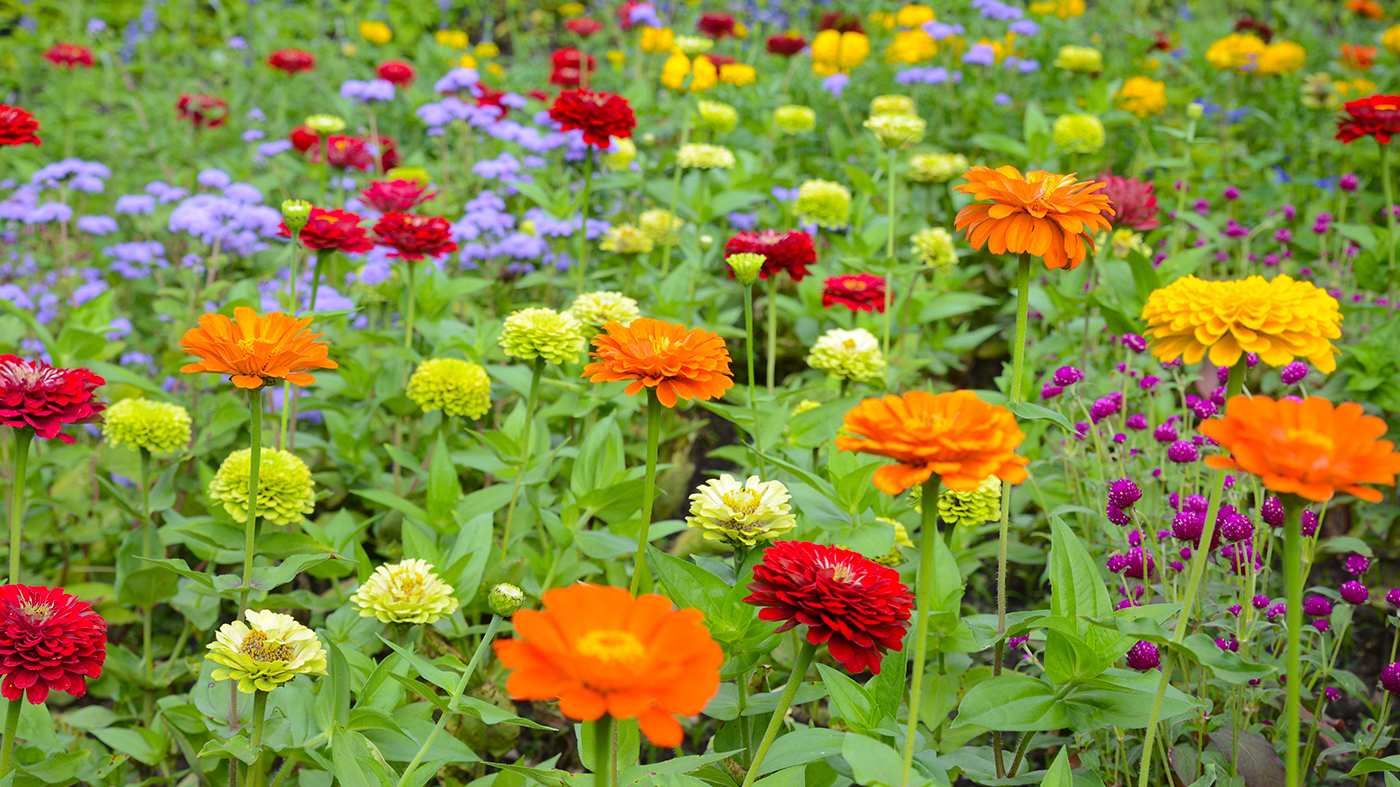
Companion Plants
Zinnias pair well with other sun-loving annuals and perennials and they attract bees and butterflies, especially migrating monarchs that come through in August and September. Planted alongside perennial calamint, Rudbeckia, Penstemon, Echinacea, Monarda, and Liatris, the border becomes a pollinator palooza with lots of color. Zinnias also make great partners with long-blooming annuals, such as cosmos, sweet alyssum, dusty miller, snapdragons, Angelonia, Salvia, Cuphea, Tithonia, Lantana and Petunias as well as veggies and annual herbs like basil and dill.
Resources
“History of Zinnias: Flower for the Ages” by Eric Grissell (Purdue, 2020)
